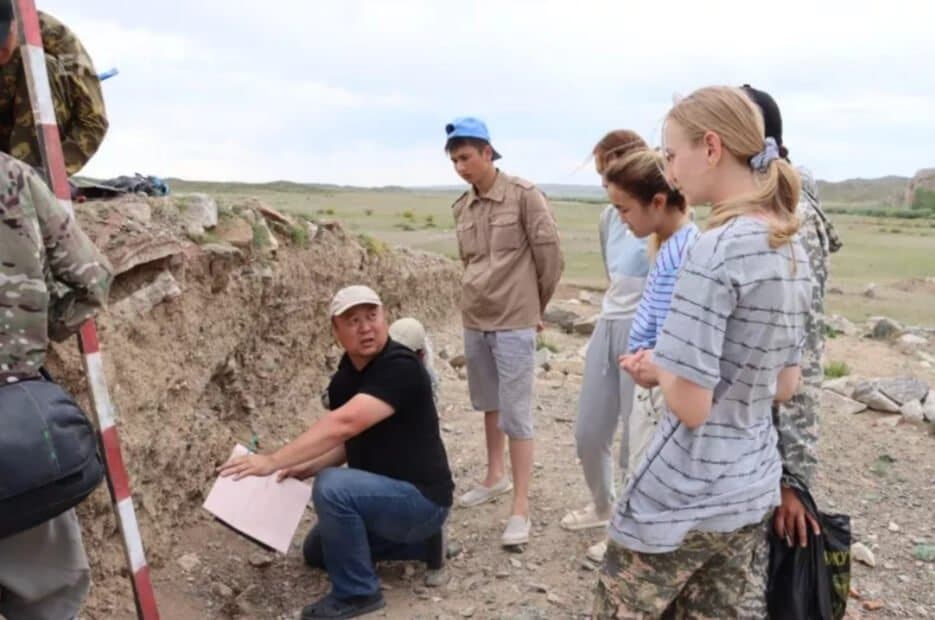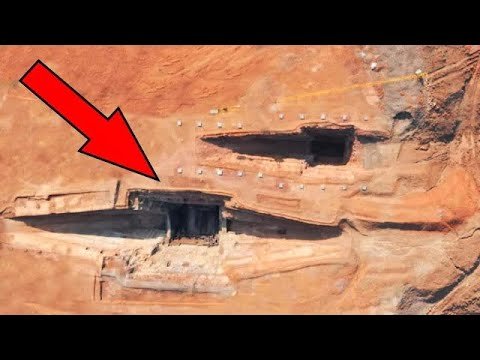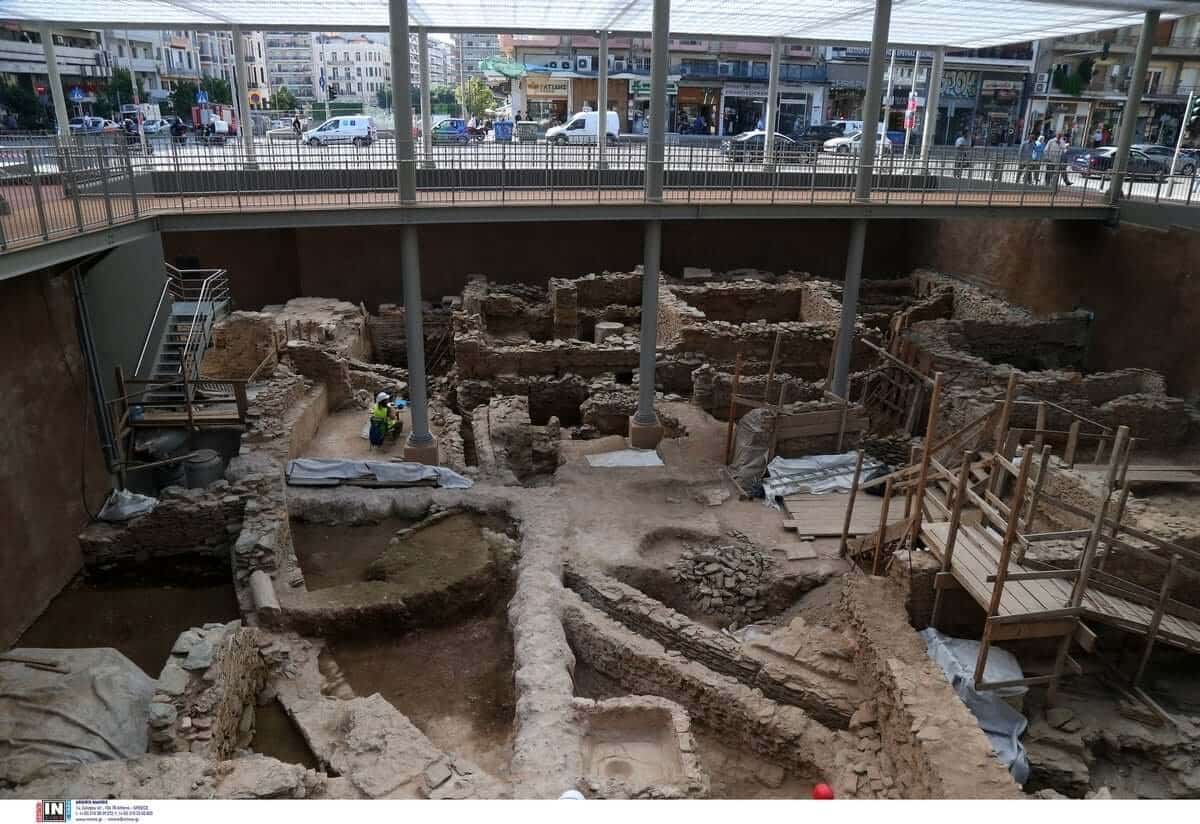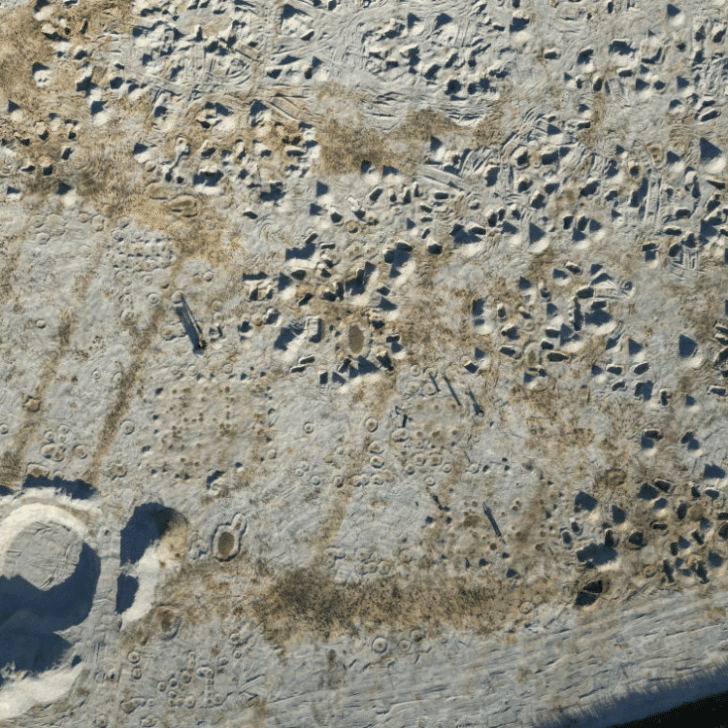The landscapes of Kazakhstan, once veiled in mystery, have recently gifted historians with an intriguing archaeological revelation: a massive Bronze Age pyramid from the 2nd millennium BC. What sets this discovery apart is not just its distinctive design, but its tantalizing ties to an ancient culture dominated by horse reverence.

Hexagonal Wonder: A Unique Architectural Feat
Archaeologists from the L.N. Gumilyov Eurasian National University have been at the forefront of this discovery since 2014. Dr. Ulan Umitkaliyev, a leading figure from the institution, marveled at the pyramid’s intricacy. He shared, “The steppe pyramid’s craftsmanship is exceptional, exhibiting a hexagonal design with thirteen meters and eight rows of stones between each face.” Stretching approximately 42 feet on each side, this structure’s unique shape contrasts with anything previously found in the Eurasian steppes.
Bronze Age and Horses: A Cultural Nexus
The Bronze Age, a transformative era from 3300 BC to 1200 BC, witnessed the Eurasian steppe emerging as a melting pot of trade, culture, and migrations. This period also earmarked Kazakhstan’s historic venture into horse domestication, setting the stage for societal evolution.
Depictions on the pyramid vividly chronicle the era’s horse affinity. Dr. Umitkaliyev observes, “A myriad of animal images, predominantly horses, embellish the pyramid walls. Notably, a camel representation also graces this structure.” The advent of horse domestication in the Bronze Age didn’t just spur regional travel but catalyzed exchanges along the legendary Silk Road, knitting Eastern Europe to Asia.
Epicenter of Antiquity
The array of artifacts unearthed—ceramics, resplendent gold earrings, and exquisite jewelry—hint at the pyramid’s cultural prominence. Dr. Umitkaliyev comments, “Such finds underscore the pyramid’s stature as a beacon of culture during the Bronze Age. The discovery of horse bones nearby further elevates the horse’s revered status during this period.”
Decoding History: The Path Ahead
Collaborative digs, involving both university students and global researchers, promise to unravel more secrets. As exploration deepens, the connection between this pyramid and the horse-centric culture of yesteryears could become even more pronounced.
In sum, Kazakhstan’s hexagonal pyramid enriches our grasp of ancient eras, trade corridors, and the transformative influence of horse domestication during the Bronze Age. This ongoing quest might soon weave even more intricate tales of ancient Eurasian culture.
- Unearthing the Secrets of the Great Sphinx: Lost Relics Resurface - November 19, 2023
- 5 Most Incredible Archaeological Discoveries of Recent Times - November 17, 2023
- Uncovering 3 Mysterious Ancient Battle Artifacts - November 15, 2023



